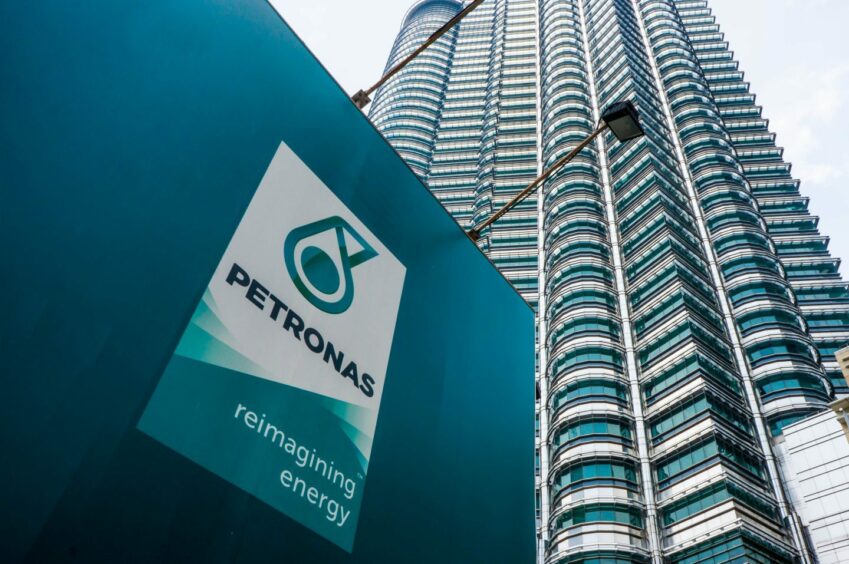
Baker Hughes will supply carbon dioxide (CO2) compression equipment to Petronas Carigali’s Kasawari offshore carbon capture and storage (CCS) project in Sarawak, Malaysia, after winning a deal with Malaysia Marine and Heavy Engineering (MMHE).
MMHE is leading the engineering, procurement, construction, installation, and commissioning (EPCIC) services for the Petronas-operated Kasawari CCS project – one of the world’s largest.
The project is expected to be the world’s largest offshore CCS facility, with capacity to reduce CO2 emissions by 3.3 million tons per annum (MTPA).
Building on its broad experience in liquefied natural gas (LNG) and offshore technologies, Baker Hughes said it will deliver a state-of-the-art compression solution with minimised footprint and weight, as well as a power density allowing for larger flows per unit and best-in-class efficiency. The compressors will be used to enable the transportation and reinjection of the CO2 separated from natural gas into a depleted offshore field via a subsea pipeline.
The CCS project is expected to significantly reduce CO2 volume currently emitted via flaring of the overall Kasawari gas development, supporting Petronas’ ambitions to unlock Malaysia’s potential to be a global carbon capture, utilisation and storage (CCUS) hub and enable the company to progress towards achieving its own net zero carbon emission targets by 2050, noted Baker Hughes.
“This award demonstrates the viability of significant, commercial-scale carbon-capture projects, which are critical for the energy transition,” said Rod Christie, executive vice president of Industrial & Energy Technology at Baker Hughes. “This project proves that CCS technology can be deployed even in challenging environments, including offshore gas facilities, and provides an important step forward for reducing emissions from natural gas production.”
Baker Hughes will deliver two trains of low-pressure booster compressors to enable CO2 removal through membrane separation technology, as well as two trains for reinjecting the separated CO2 into a dedicated storage site. The trains, which will be fitted with PGT25+ and PGT25 gas turbines with Dry Low Emission technology, offer greater fuel efficiency and reduced nitrogen oxides emissions even with high CO2 content fuel gas. The compressors’ casing also enables a reduced footprint compared to other standard solutions, a key differentiator in an offshore environment, added the engineering company.
Petronas announced last November that it had taken a final investment decision (FID) for the development of its giant Kasawari carbon capture and storage (CCS) project. Significantly, it will be one of the first large scale CCS schemes in Southeast Asia and takes Malaysia closer to its goal of becoming a regional hub for carbon storage solutions.
The Kasawari CCS development, expected to start up by 2026, has the potential to open many more opportunities in the prolific waters offshore Malaysia for future carbon capture utilisation and storage (CCUS) ventures, Sohini Chatterjee, a CCUS and global upstream analyst at consultancy Rystad Energy, told Energy Voice at the time. “Many companies including energy major Shell, as well as Japanese and South Korean players, have been seen forming partnerships with Petronas for further CCUS ventures in the Sarawak basin,” she added.

